What Happens During Your Initial Chiropractic Consultation
November 16, 2025
7 min

A Warm Welcome to Holistic Musculoskeletal Care
Patient intake and consultation
The first step in your chiropractic journey begins with a warm welcome and a thorough intake process. You will complete forms detailing your medical history, symptoms, and health objectives. This is followed by a private consultation where the chiropractor discusses your health history, current discomforts, and lifestyle habits to tailor a personalized care plan.
Importance of a patient-centered approach
Chiropractic care thrives on open communication, trust, and patient involvement. Your chiropractor prioritizes understanding your unique concerns and wellness goals, ensuring treatments are aligned with your needs. This approach fosters collaboration and empowers you to actively participate in your healing process.
Setting expectations for the first visit
During the initial visit, a comprehensive physical exam assesses posture, spinal alignment, range of motion, muscle strength, and reflexes. You may undergo imaging tests like X-rays if necessary. The chiropractor will then explain their findings and discuss treatment options. Often, the first adjustment is gently performed, with clear explanations to keep you comfortable and informed, setting the foundation for effective, ongoing care.
Comprehensive Health History and Symptom Discussion

Gathering detailed medical history
During your first chiropractic consultation, a thorough medical history is collected to provide a complete understanding of your health background. This includes previous injuries, surgeries, and chronic conditions that may influence your musculoskeletal health and treatment approach.
Discussing symptoms and their onset
A detailed conversation about your symptoms is essential. Chiropractors ask when and how your pain or discomfort began to identify patterns and possible causes. This helps tailor the treatment plan to address the underlying issues effectively.
Importance of understanding medication and previous surgeries
Your current medication use and any past surgeries are discussed as they can impact treatment options and outcomes. This comprehensive review ensures that chiropractic care is safe, well-informed, and aligned with your overall health needs.
By thoroughly exploring your medical history and symptoms, chiropractors at practices like Meridian HealthCare in Torrance emphasize patient-centered care, ensuring that every treatment plan is tailored precisely to your unique health profile.
Thorough Physical Examination and Diagnostic Assessments

Posture analysis and spinal alignment assessment
The first chiropractic appointment prioritizes a detailed evaluation of posture and spinal alignment. Chiropractors assess how the spine and surrounding muscles are positioned, identifying any misalignments or irregularities that may contribute to discomfort or mobility issues. This thorough posture analysis helps form the basis of a tailored treatment plan focused on restoring proper structural balance.
Range of motion, muscle strength, and neurological testing
During the physical examination, chiropractors test the patient's range of motion by guiding joints through various movements to detect stiffness or limitations. Muscle strength is similarly assessed to evaluate any weakness or imbalance. Neurological tests examine nerve function, reflexes, and muscle resistance, helping identify nerve irritation or dysfunction that could be affecting overall musculoskeletal health.
Potential use of diagnostic imaging like X-rays and MRIs
If deemed necessary, diagnostic imaging such as X-rays or MRIs may be ordered. These imaging tools provide a detailed look at bone structures and soft tissues, confirming or clarifying diagnoses made during the physical exam. Imaging helps chiropractors design precise, patient-specific treatment plans by revealing any structural damage or underlying conditions not visible through physical tests alone.
Personalized Diagnosis and Treatment Planning

How do chiropractors integrate medical history and exam findings for diagnosis?
During the initial chiropractic appointment, practitioners begin by gathering a detailed medical history to understand the patient's overall health, previous injuries, surgeries, medication use, and the onset and nature of symptoms. This is combined with a comprehensive physical examination, which includes evaluating posture, spinal alignment, muscle strength, range of motion, reflexes, and neurological integrity. Diagnostic imaging such as X-rays or MRIs may be employed when necessary to gain further insights.
Chiropractors analyze these collected details carefully to arrive at an accurate diagnosis. This integrative approach ensures that the evaluation reflects the patient's unique musculoskeletal condition, enabling precise identification of dysfunction or alignment issues.
How is patient education incorporated into their condition and chiropractic care?
Educating the patient forms a cornerstone of chiropractic care from the outset. After diagnosis, chiropractors communicate findings clearly and in accessible terms so patients understand their condition and the rationale behind proposed treatments. This dialogue builds trust and empowers patients by clarifying how chiropractic adjustments and complementary therapies support natural healing, reduce pain, and improve mobility.
Patients learn about the expected sensations during treatments—such as the harmless popping sounds from joint adjustments—and what to anticipate during recovery. They also receive guidance on self-care, including posture, hydration, and at-home exercises, fostering active participation in their wellness journey.
How do chiropractors develop a tailored treatment plan addressing patient goals?
Treatment planning is customized, taking into account the diagnosis, patient health status, age-related considerations, and individual goals such as pain relief, improved function, or overall wellness. Chiropractors recommend a care schedule that might involve a series of spinal and joint adjustments, possibly supplemented by therapies like massage, nutritional advice, rehabilitative exercises, and lifestyle counseling.
Adjustments are tailored to the patient's comfort and may use varied techniques depending on tolerance and alignment needs. The plan emphasizes holistic, patient-centered care to restore optimal structural function and promote long-term musculoskeletal health.
By integrating thorough assessment, effective education, and personalized care, chiropractic practices create collaborative treatment plans that encourage well-being and sustained recovery.
First Chiropractic Adjustment and Immediate Effects

What happens during spinal and joint adjustments?
The first chiropractic adjustment typically involves precise, controlled maneuvers aimed at realigning the spine or other joints such as knees, wrists, or shoulders. These chiropractic adjustments help restore proper joint function and structural alignment, which are crucial for daily movement and overall musculoskeletal health. Chiropractors tailor these maneuvers specifically to each patient's condition and comfort level.
Why might I hear popping sounds, and are they normal?
Patients often notice popping or cracking sounds during spinal or joint adjustments. These sounds are common and result from the release of gas bubbles within the joint fluids. Such noises are generally painless and not a cause for concern; they signal that the joint is moving as intended during the adjustment.
What immediate benefits can I expect after the adjustment?
After the first treatment, many patients report reduced muscle tension and increased mobility. This relief happens because chiropractic adjustments can help improve nerve function and blood flow while decreasing joint stiffness. Patients might also feel a sense of relaxation and better posture as the adjustments promote structural balance. These early benefits set the foundation for ongoing wellness and pain relief through continued care.
Follow-Up Care, Lifestyle Guidance, and Patient Participation

What Recommendations Are Given for Ongoing Care After Your Initial Chiropractic Appointment?
Chiropractic care often requires more than a single visit to address chronic or complex musculoskeletal issues effectively. After the first chiropractic consultation, patients may be advised to schedule follow-up visits tailored to their specific health goals and condition severity. These follow-ups aim to continue spinal adjustments and joint adjustments, monitor progress, and adjust treatment plans as needed for optimal recovery.
What Lifestyle Advice Is Provided to Support Chiropractic Care?
Chiropractors emphasize a holistic musculoskeletal health approach alongside chiropractic adjustments. Patients are encouraged to maintain good posture daily to prevent strain and promote spinal health. Specific exercises may be prescribed to strengthen muscles and improve flexibility, enhancing treatment outcomes. Hydration is also stressed, as it facilitates healing and muscle function.
How Is Patient Communication and Participation Prioritized?
Trust and open communication form the foundation of effective chiropractic care. Patients are actively involved in discussing their symptoms, treatment preferences, and wellness goals throughout their care journey. This collaborative approach ensures personalized chiropractic treatment plans and empowers patients to take charge of their health, promoting sustained well-being beyond the clinic.
Your Path Forward with Chiropractic Care
Embracing the Healing Journey
Chiropractic care is a gradual process that nurtures your body's natural healing abilities. It's normal for improvements to unfold over time as your musculoskeletal system adjusts and strengthens.
Staying Connected with Your Care Plan
Active participation in your treatment is essential. Following your chiropractor’s advice, including at-home exercises and lifestyle adjustments, enhances your progress and promotes lasting wellness.
The Holistic Benefits
Chiropractic treatment goes beyond spinal adjustments. It incorporates nutrition guidance, functional movement assessments, and personalized therapies to optimize your overall health and mobility, supporting a balanced, patient-centered approach to wellbeing.
Recent articles

Simple Lifestyle Adjustments to Maintain a Healthy Spine

Personalized Nutritional Counseling for Improved Health Outcomes

Exploring Non-Surgical Treatments for Spine-Related Conditions
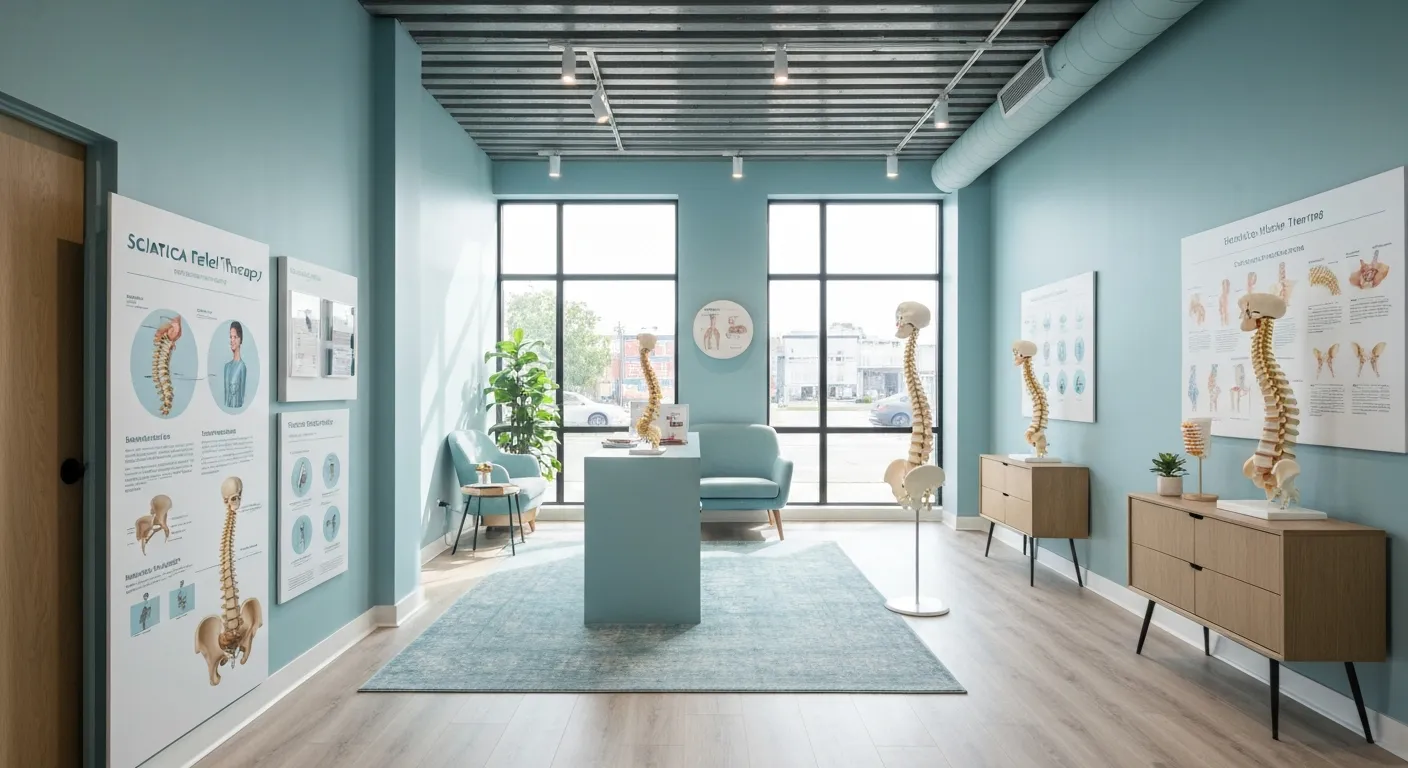
An Introduction to Spinal Decompression for Sciatica Patients

Transformative Success Stories: Patient Experiences with Chiropractic Treatments
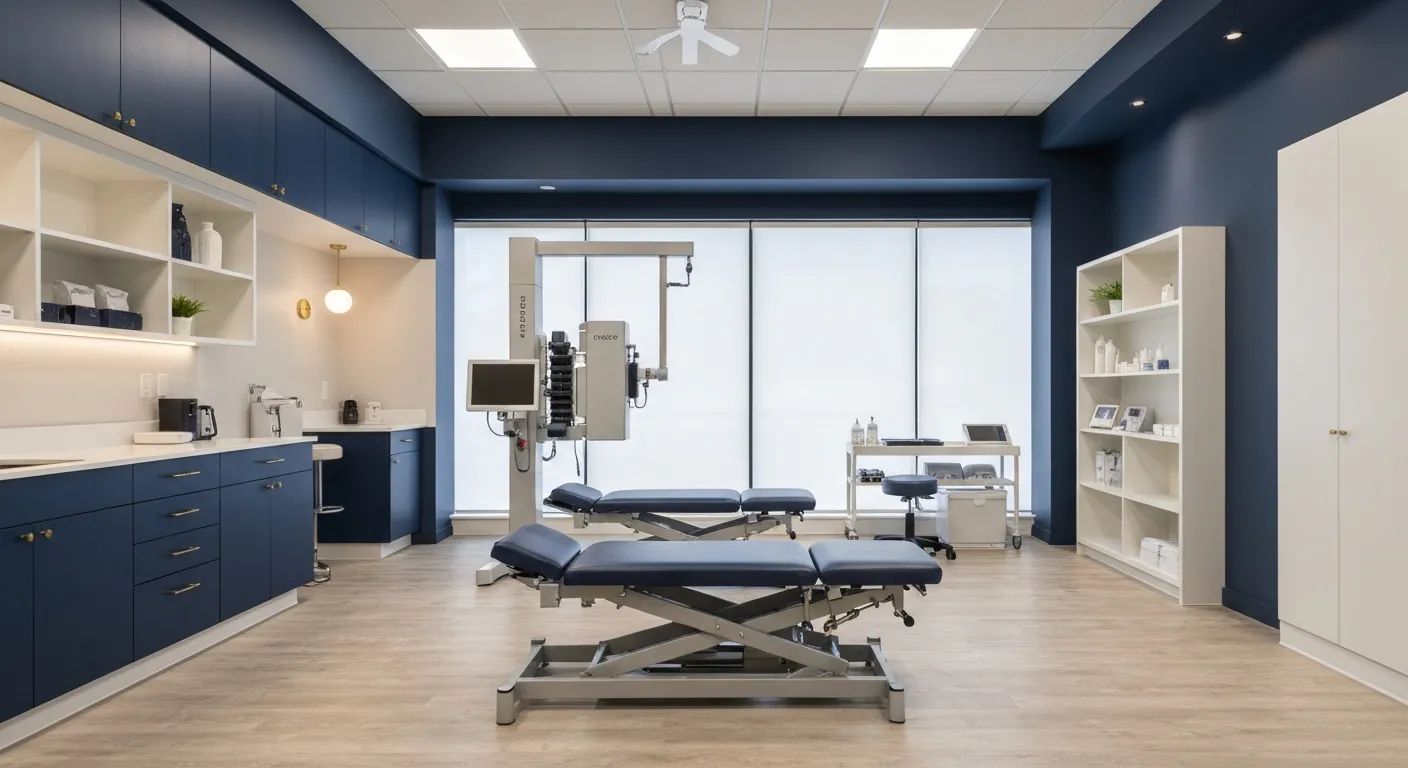
Why Chiropractic Care Is Essential for Back Pain Relief

Addressing Underlying Causes Versus Symptom Management in Pain Care

The Role of Nutrition in Enhancing Chiropractic Treatment Effectiveness
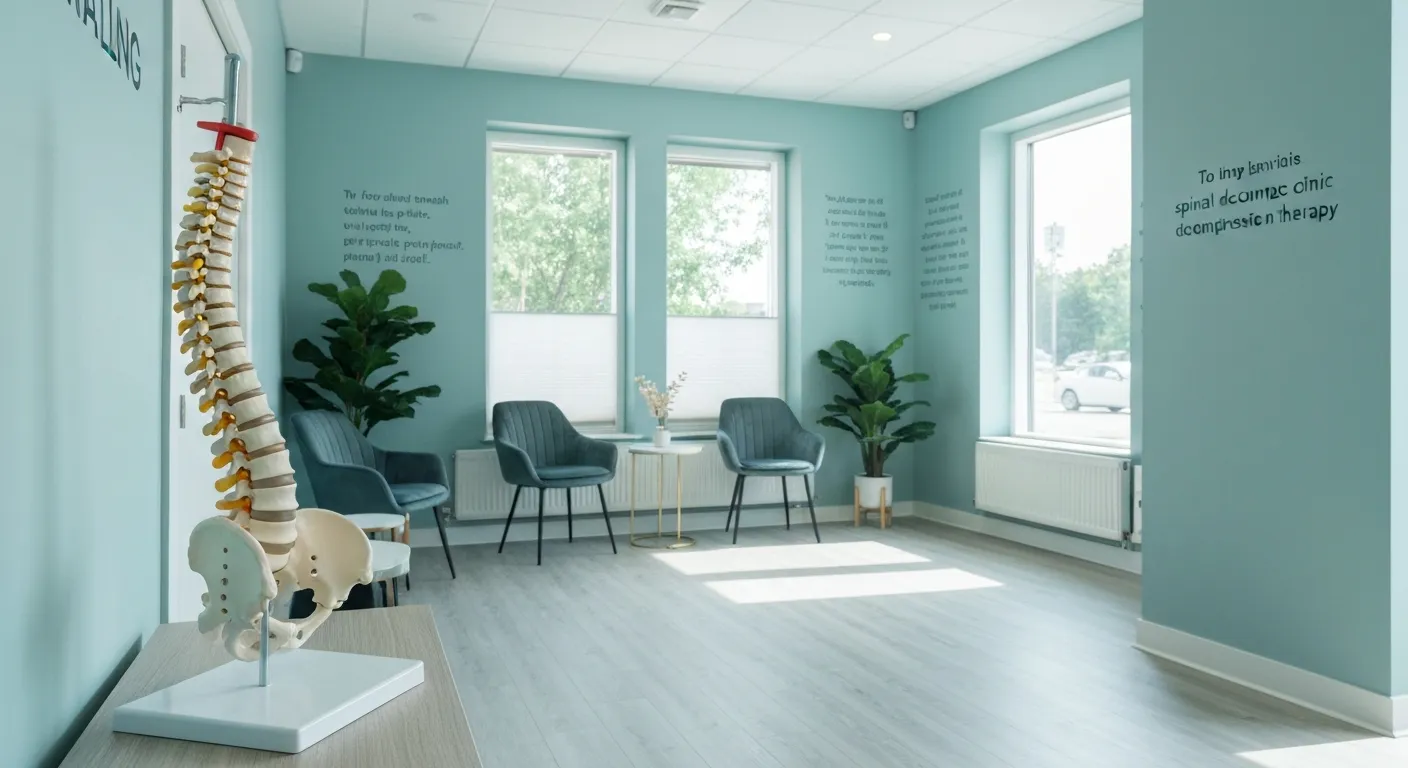
Sciatica Treatment Options: Is Spinal Decompression Right for You?

Lifestyle Tips to Maintain a Healthy Spine and Prevent Back Issues

The Synergy Between Physiotherapy and Chiropractic Treatments

What Happens During Your Initial Chiropractic Consultation

Effective Corrective Exercises for Sustainable Pain Management

Taking a Root Cause Approach to Chronic Pain Management

Holistic Pain Management Techniques Without Surgery

How Patient Success Stories Validate Chiropractic Care Benefits

Spinal Decompression: Innovative Treatment for Sciatic Nerve Pain

Spinal Decompression Therapy: A Non-Invasive Approach to Sciatica Relief

Exploring Holistic Approaches Beyond Surgery for Pain Relief

Practical Lifestyle Advice to Support a Healthy Spine Every Day

Corrective Exercise Routines Designed for Long-Term Pain Prevention

Real Patient Stories: Overcoming Chronic Pain with Chiropractic Care

Lifestyle Changes That Promote a Healthy Spine and Prevent Injury

How Addressing the Root Cause of Pain Leads to Lasting Relief

Non-Surgical Holistic Therapies to Manage Chronic Pain Effectively

Nutritional Counseling's Impact on Physical Health and Healing

Benefits of Regular Chiropractic Care for a Stronger Back

Your First Chiropractic Visit: What to Expect and How to Prepare

Patient Experiences: How Chiropractic Care Transformed Their Lives

Exploring Holistic, Non-Surgical Options for Pain Management

Combining Physiotherapy with Chiropractic Treatments for Enhanced Recovery

Holistic Treatments That Offer Alternatives to Surgery for Pain Relief

Corrective Exercise Strategies for Long-Term Spine Health

How Physiotherapy Complements Chiropractic Adjustments for Better Outcomes

First-Time Chiropractic Visitors: What You Should Know

Understanding the Importance of Treating Pain at Its Source

Adopting Lifestyle Changes to Support Your Spine's Wellness

Utilizing Physiotherapy to Enhance Chiropractic Treatment Outcomes

The Key Advantages of Chiropractic Care for Back Pain Sufferers

Why Focusing on Root Causes Improves Pain Treatment Success

Corrective Exercises That Promote Lasting Pain Relief and Mobility

Sciatica Relief Through Targeted Spinal Decompression Techniques

Preparing for Your First Chiropractic Appointment with Confidence

Healthy Lifestyle Habits for Maintaining Spinal Alignment

Success Stories Highlighting Chiropractic's Role in Pain Recovery

Top Benefits of Chiropractic Care for Chronic Back Pain

Nutrition Tips to Boost Your Overall Wellness and Recovery

How Chiropractic Care Alleviates Back Pain Naturally

How Nutritional Counseling Supports Overall Wellness and Spine Health

Step-by-Step Guide to Your First Visit with a Chiropractor

Using Nutrition to Support Chiropractic and Overall Wellness

Integrating Physiotherapy in Your Chiropractic Healing Journey

How Physiotherapy Complements Chiropractic Adjustments for Faster Healing

Lifestyle Tips for Maintaining a Healthy Spine and Preventing Back Pain

Heartwarming Patient Testimonials Highlighting Chiropractic Success

How Proper Nutrition Supports Chiropractic and Physiotherapy Treatments

Combining Physiotherapy and Chiropractic Treatments for Optimal Recovery

Why Chiropractic Treatments Are Effective for Managing Back Pain

Choosing a Chiropractor: Tips for Finding a Trusted Provider

Integrating Physiotherapy and Chiropractic: Benefits and What to Expect

How Tailored Corrective Exercises Can Aid in Pain Management

Chiropractic Care: A Proven Solution for Alleviating Back Pain

What to Expect at Your First Chiropractic Visit: A Comprehensive Guide

The Importance of Root Cause Analysis in Effective Pain Management

The Role of Corrective Exercises in Sustaining Pain-Free Living

Combining Chiropractic and Physiotherapy for Comprehensive Pain Relief

How Addressing Underlying Causes Improves Pain Treatment Effectiveness

Maintaining Spinal Health Through Lifestyle Changes and Preventive Care

Understanding the Benefits of Chiropractic Adjustments for Back Pain Sufferers

Spinal Decompression Therapy: A New Hope for Sciatica Relief

Lifestyle Recommendations to Support a Healthy Spine and Reduce Pain

Choosing the Right Chiropractor: Key Factors to Consider Before Your First Appointment

Non-Invasive Treatment Alternatives: A Holistic Approach to Pain Relief

Corrective Exercises to Support Long-Term Relief from Chronic Pain

Exploring Non-Surgical Approaches to Spine Health and Wellness

Tips for Daily Habits That Keep Your Spine Strong

Success Stories: How Chiropractic Treatments Changed Lives

Why Focusing on the Root Cause of Pain Leads to Better Outcomes

Nutritional Counseling and Its Impact on Overall Wellness and Recovery

Patient Testimonials That Showcase the Power of Chiropractic Care

Preparing for Your First Chiropractic Appointment: What You Need to Know

Holistic Treatment Options: Beyond Surgery for Pain Relief

Holistic Pain Relief Methods That Avoid Surgery

Nutritional Strategies for Supporting Spine Health and Recovery

First Chiropractic Visit: What Happens and How to Prepare

Chiropractic Patient Success Stories: Inspiring Journeys to Wellness
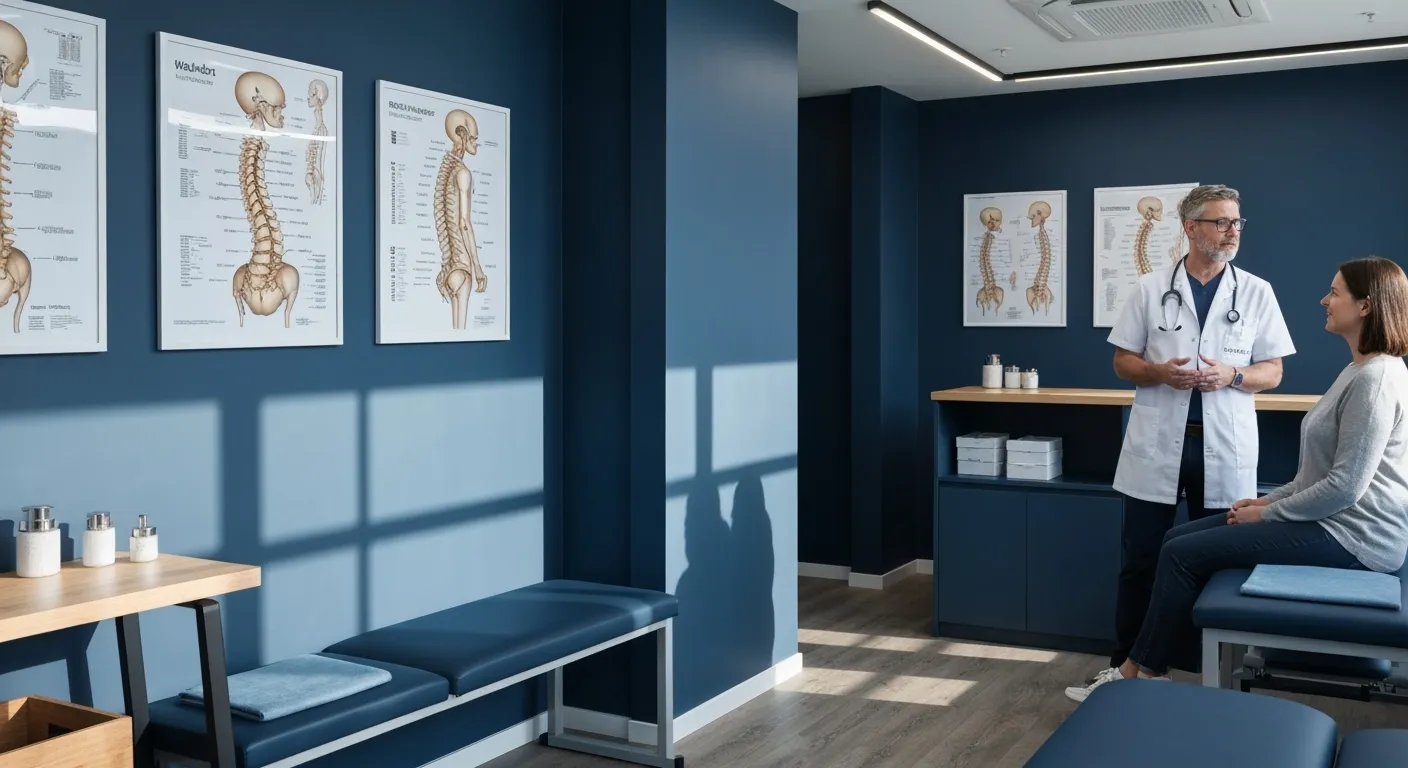
Effectiveness of Spinal Decompression Therapy in Managing Sciatic Nerve Pain

Addressing Pain at Its Source: Why Treating the Root Cause Matters

Corrective Exercise Programs Designed for Long-Term Pain Prevention

Healthy Lifestyle Advice for Maintaining Spinal Alignment
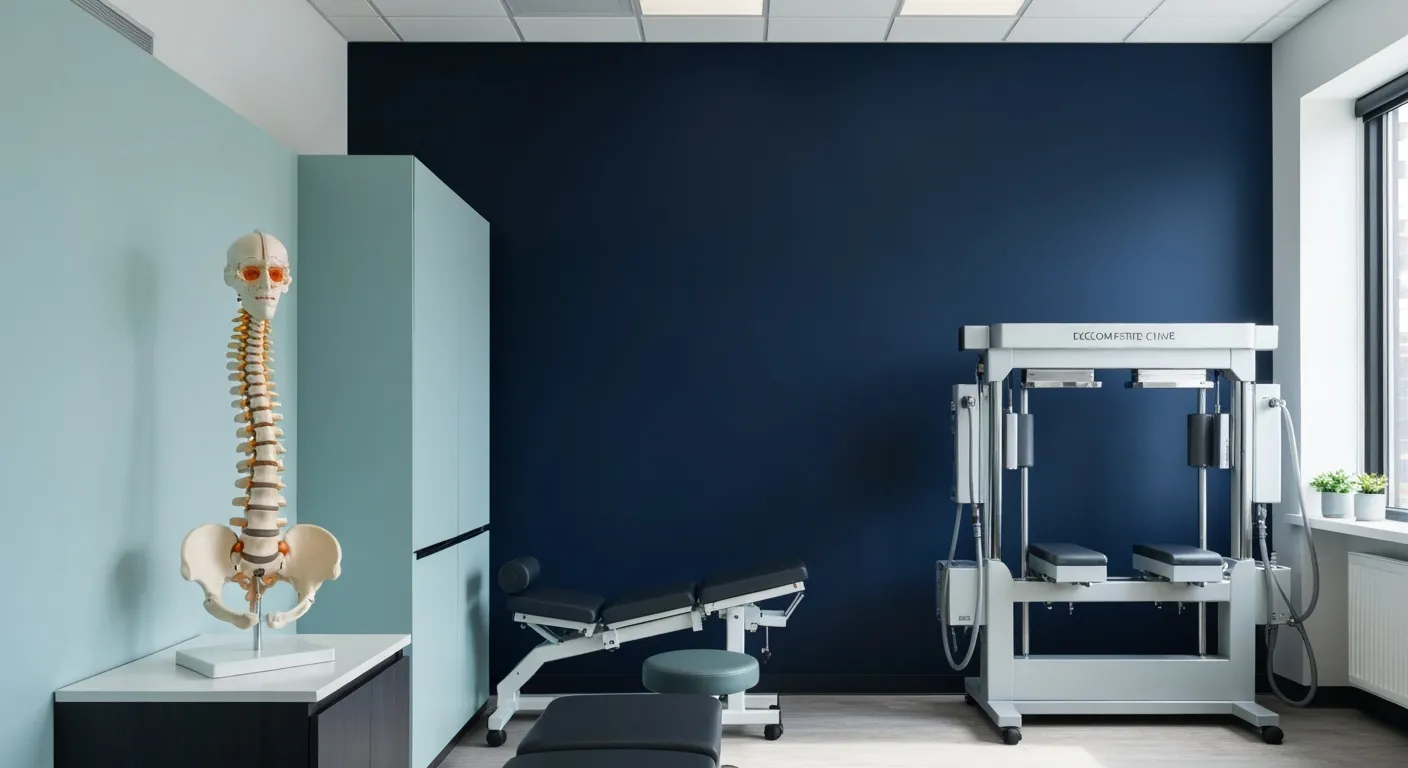
Understanding Spinal Decompression as a Treatment for Sciatica Pain
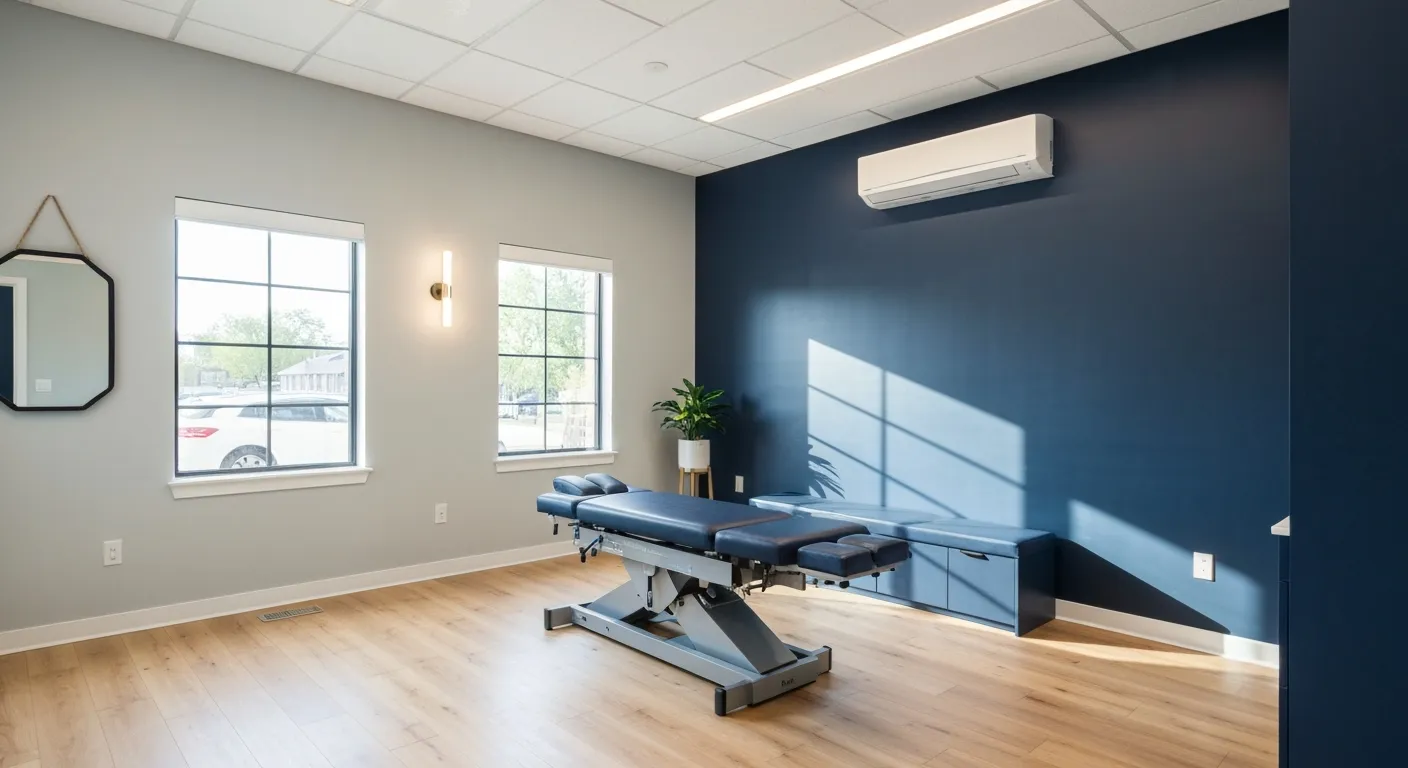
Benefits of Chiropractic Care Specifically for Back Pain Relief

Understanding Gait Analysis in Physiotherapy
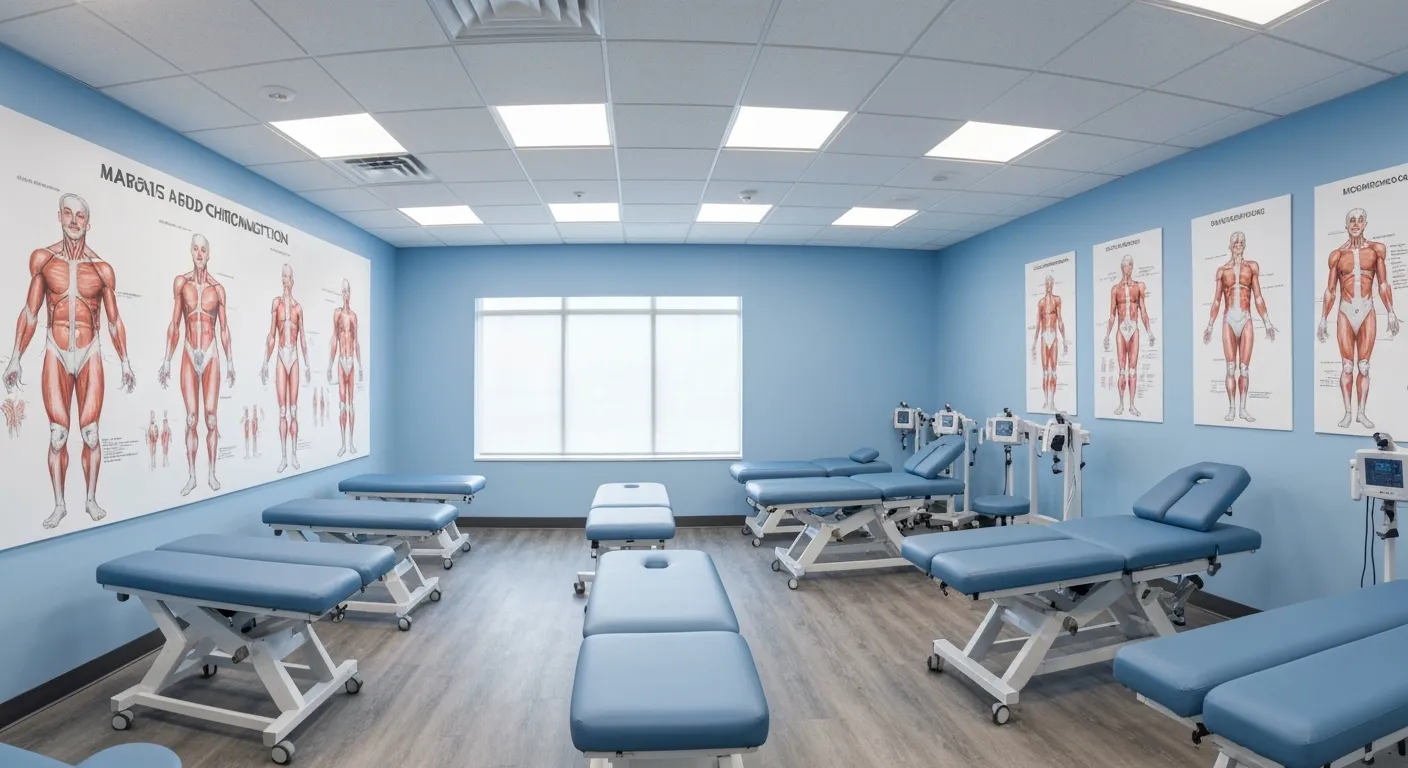
The Difference Between Muscle Soreness and Dysfunction

Workplace Stress Statistics: How Muscle Tension Impacts Productivity

How Physiotherapy Improves Mobility for Seniors

How to Communicate Pain Levels to Your Therapist Effectively

Physiotherapy Interventions for Balance and Fall Prevention

How Physiotherapy Helps Post-Surgical Recovery

